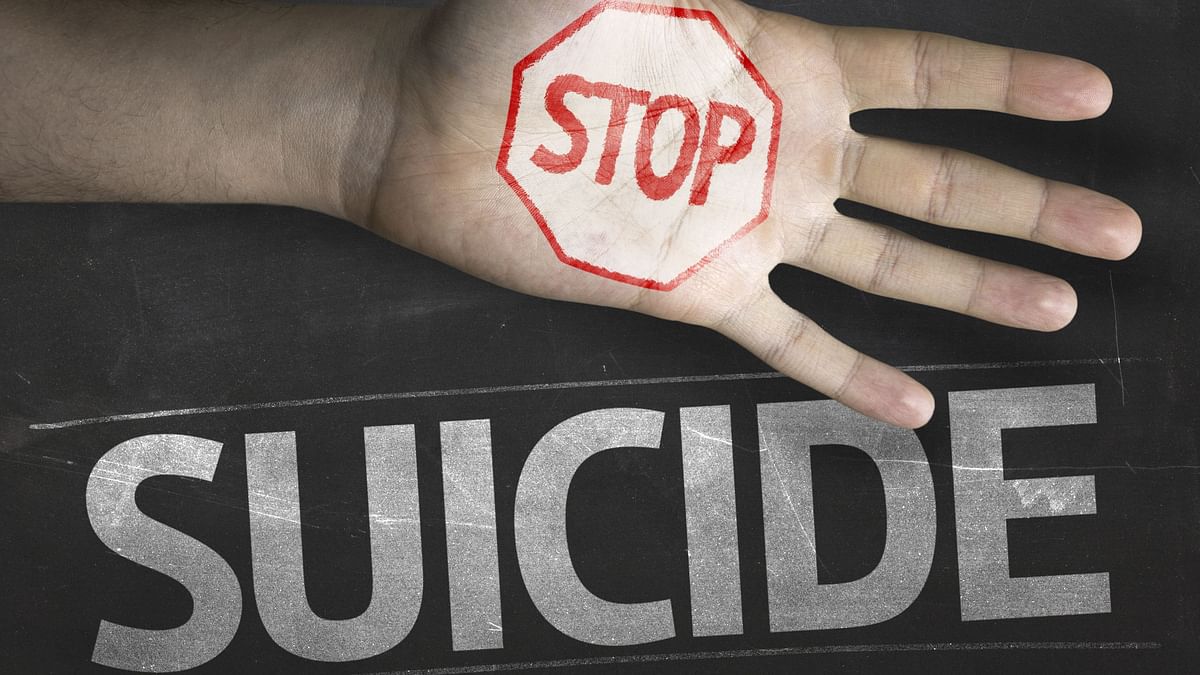Teen Suicide: How To Cure This Invisible Pandemic Of The Decade?
The recent suicide of the JEE candidate in KOTA has sparked outrage nationwide. Some claim the education system, while some point out the weakness of the candidate, that they can’t survive the pressure of the competition; in the end, it is the life which got defeated in this game.

Imagine your kid is living away from home in a certain coaching centre for further studies, and you are waiting for them, but instead of them, one day comes when the news of suicide returns!! Just dare to imagine the trauma of the parents and the child’s family members. Similar is the fear nowadays among many parents, specifically parenting their teenage wards.
College is a period of major adjustment. Many students live away from home for the first time and have limited access to family and friends for assistance. Students encounter higher stress for various reasons, including increasing academic obligations, adjusting to a new setting, and creating a new support system, in addition to more freedom and independence. The college also allows students to experiment with alcohol and other substances, which can exacerbate emotional issues and raise the risk of suicide.

The recent suicide of the JEE candidate in KOTA has sparked outrage nationwide. Some claim the education system, while some point out the weakness of the candidate, that they can’t survive the pressure of the competition; in the end, it is the life which got defeated in this game. Although the life of the deceased can’t be reversed, as a society, we can comprehend and accelerate some measures so that these doesn’t happen in future!
What can we do to prevent suicide?
The parental approach to prevent suicide.
In my personal belief, parents and family upbringing is the core value of any individual. How the child is exposed to the environment, if supportive family circles them, chances of major mishappenings can be reduced.
Children often bond with their parents during early childhood development, and they have a solid and trustworthy relationship. They grow up trusting their surroundings and viewing it as a secure haven to grow and develop. This development peaks throughout adolescence. The youth must contend with fast physical growth, clashes between parental and peer beliefs and standards, emotional and sexual intimacy with the opposite sex, and uncertainty about his or her future job. These “developmental tasks” can be stressful, but most young people do them effectively and without too much difficulty.
Despite common assumptions, most teens want a close relationship with their parents, even if they may not express it publicly. The shape and substance of their connection with their parents may have altered, but it is still a continuation of their previous relationship. Parents must evolve and grow with their teenagers. It is a two-way street. Teenagers often appreciate and respect their parents’ ideals, and they seek their counsel and support, especially during stressful times.

A positive relationship will facilitate communication between the youngster and his or her parents. This can be a life-saving safety valve for a sad or disturbed adolescent. Support and early intervention can be implemented before youngsters consider suicide.
School is the second home, and teachers are the second parents.
Educators may help prevent suicide in two ways: by keeping an eye out for students who may be in danger and by assisting in establishing a suicide-screening programme at their school.
How can educators keep an eye on the students so that they can reduce the event of suicide?
Students suffering from depression may lag in class, appear fatigued or withdrawn, lose attention, discontinue their customary activities, and spend less time with friends. Also, kids who are depressed tend to be negative about themselves, and some may eventually talk of being consumed by thoughts of death or wishing they were dead.
The screening programs for suicide prevention.
School, where teenagers spend a significant portion of their waking hours, is an essential venue for assessing adolescents for suicidal behaviour and offering preventative education and risk management. Schools using screening programmes can identify twice as many at-risk pupils as other schools. Finally, screening leads to decreased suicide rates.

Conclusion.
There is no proper way to cure this event of suicidal thoughts. However, proactive approaches such as early detection of depressing signals and prevention can lead to fruitful results. In the end, it is not a blame game to play. It is a collective approach between the parents, school and society to protect the world’s future.




